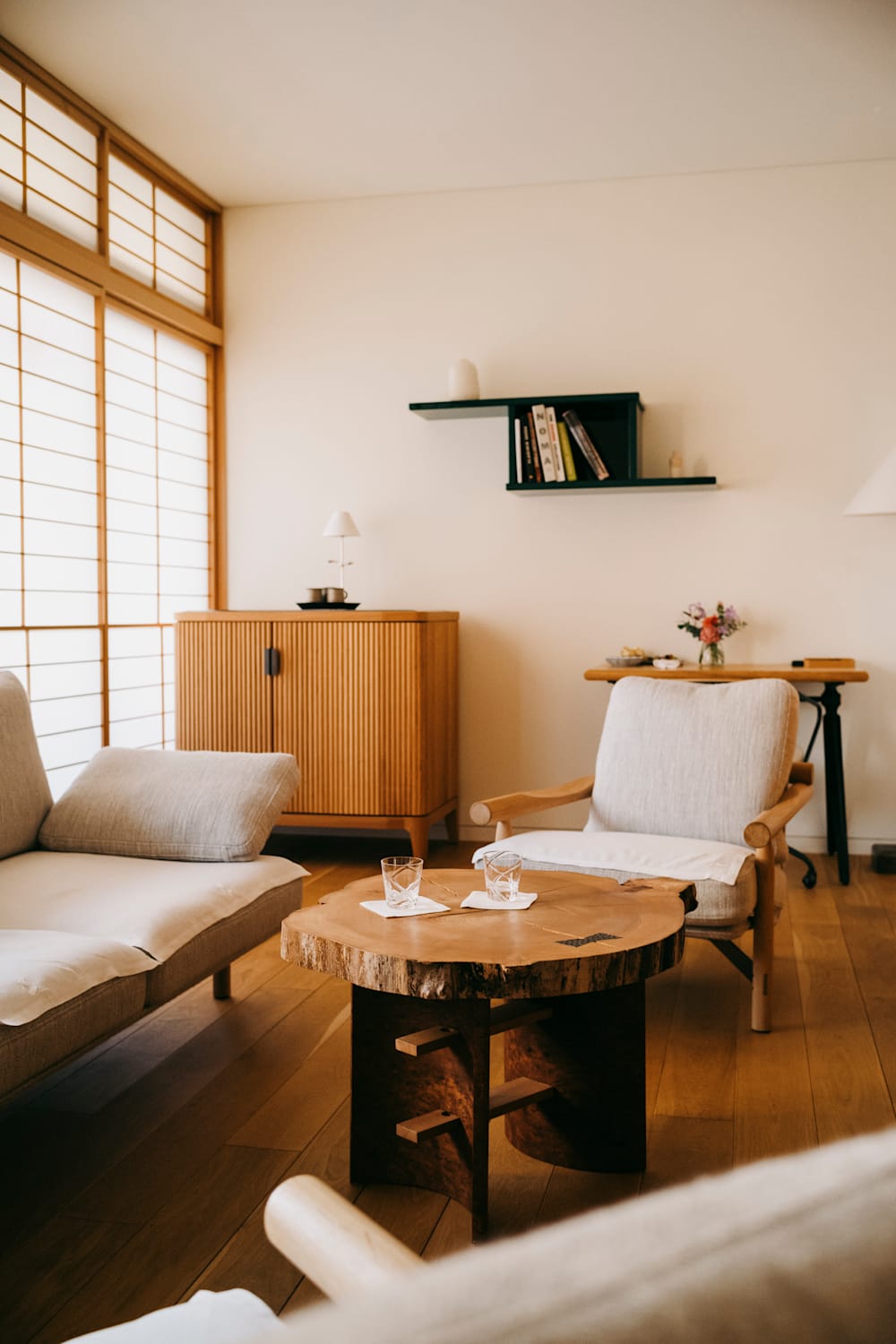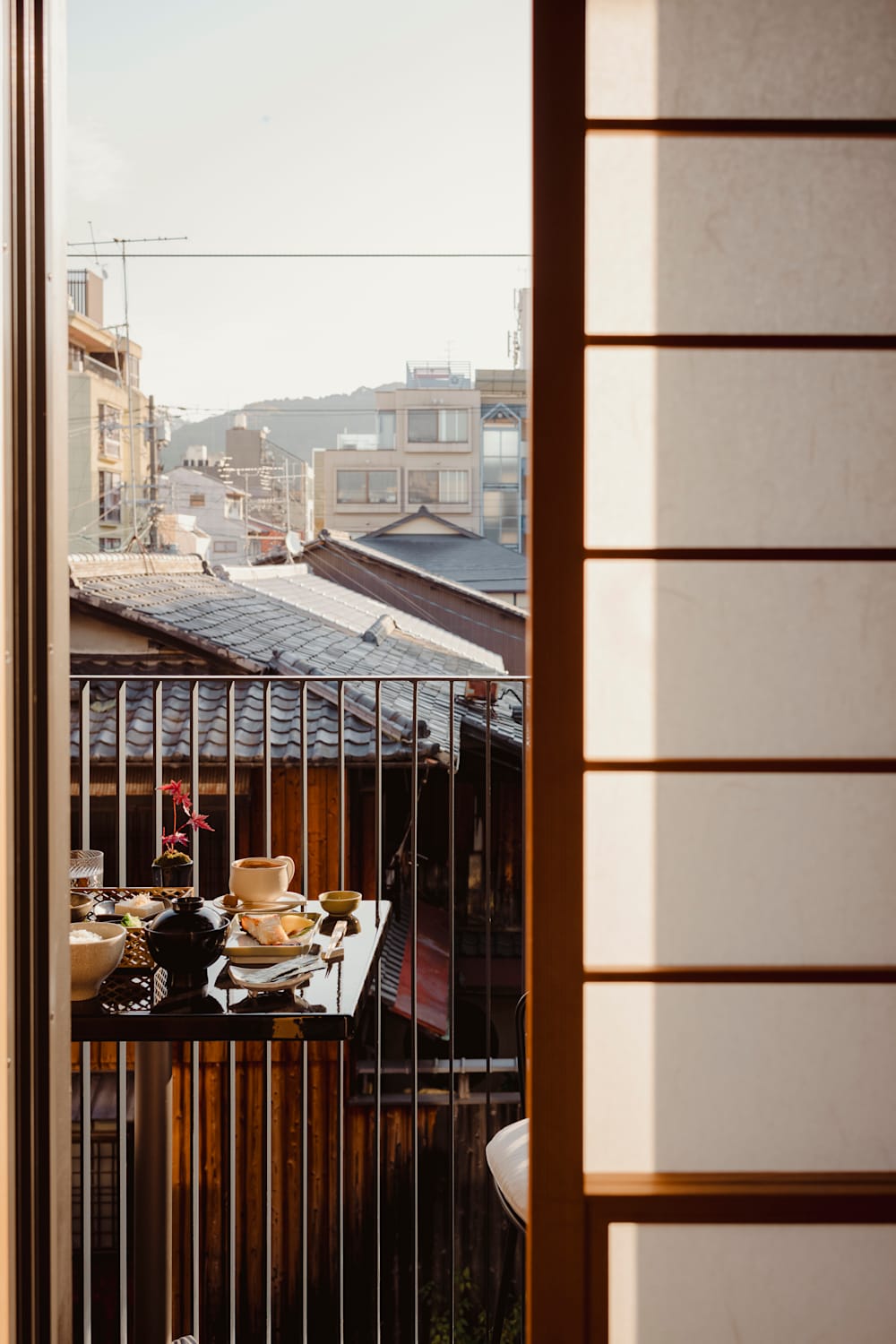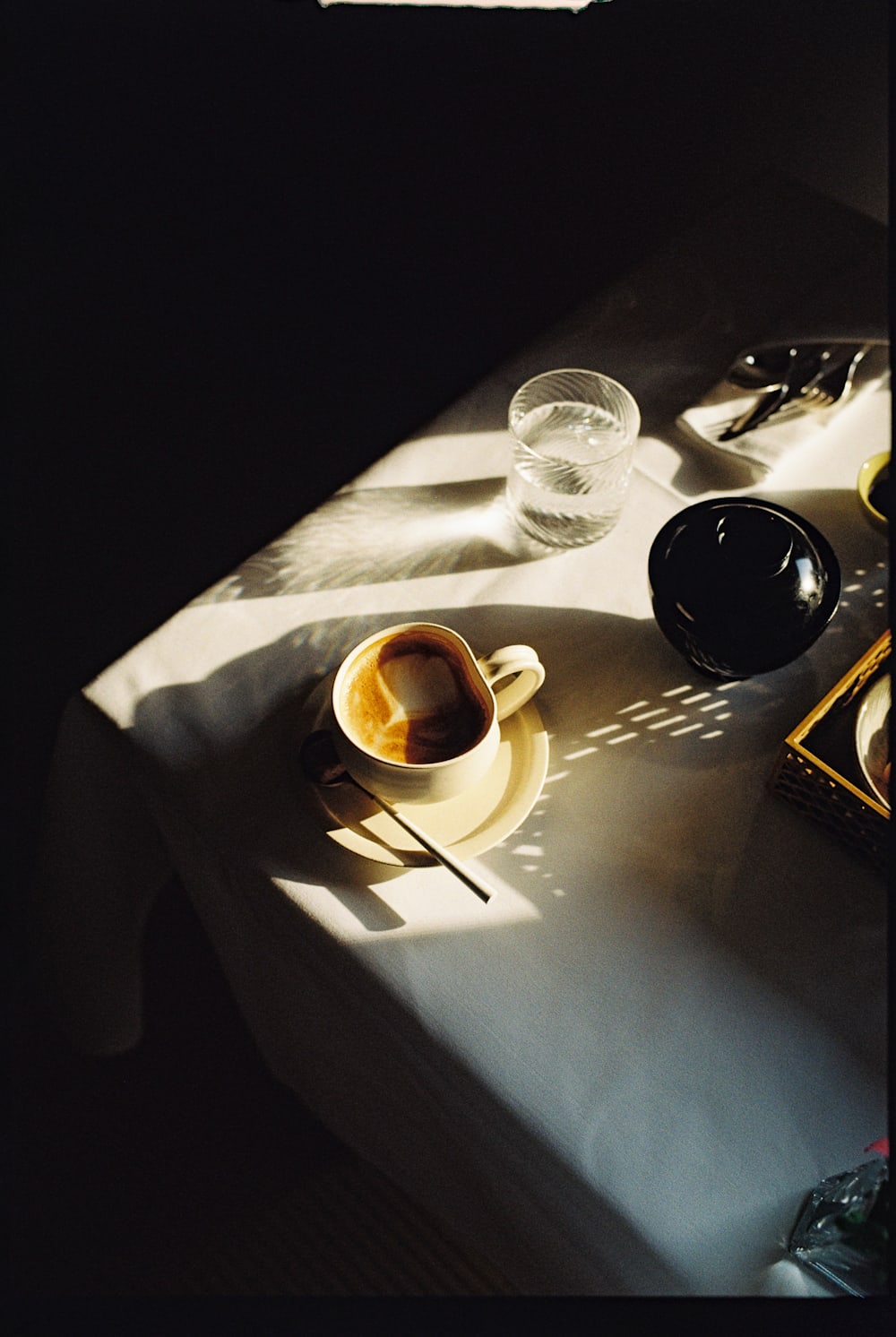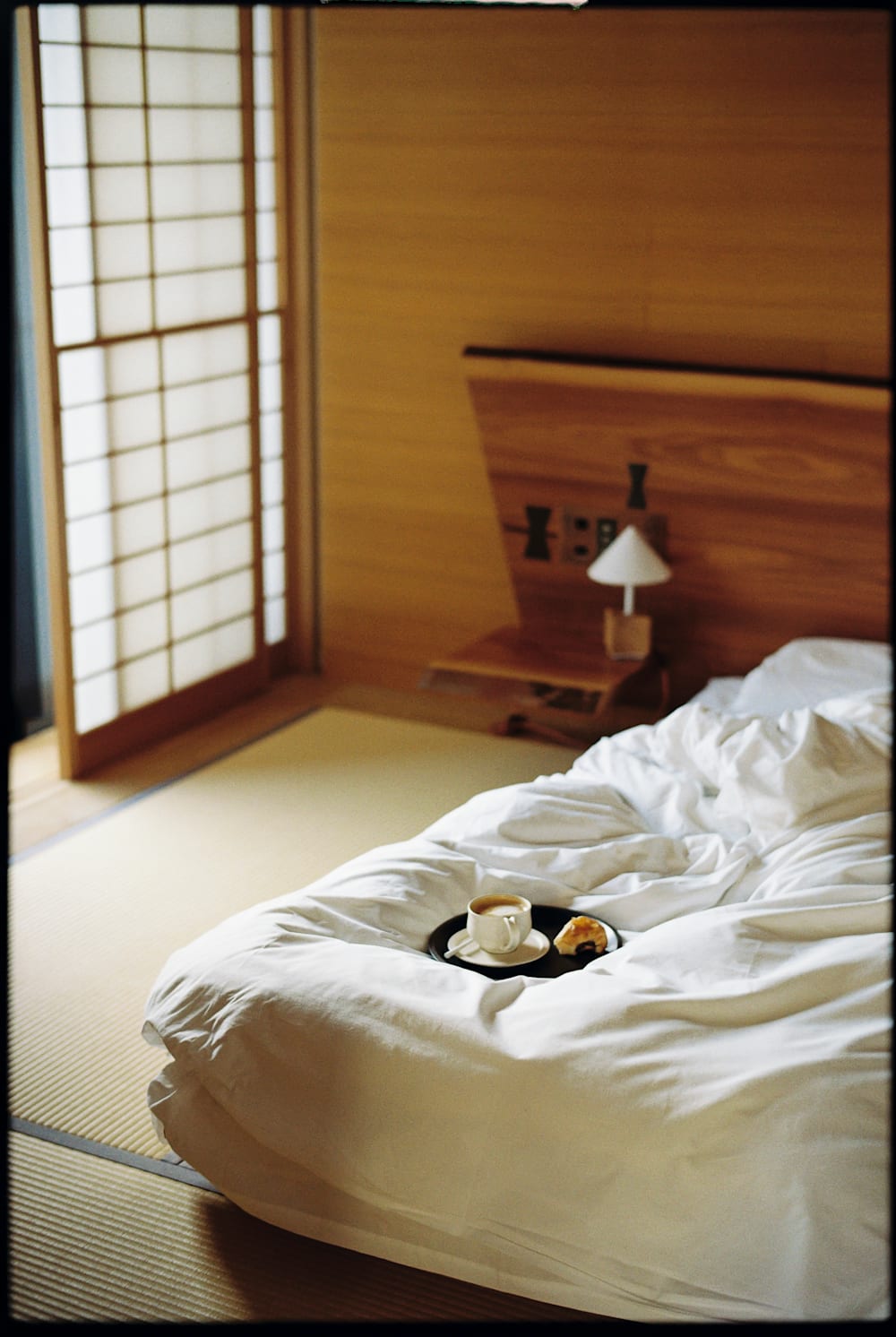I need to start this anonymous review with a spoiler alert: the Shinmonzen in Kyoto is one of the best hotels I’ve experienced. In fact, it was so good I think it’s ruined us for life.

Now that’s out of the way, here’s the full story: this hidden haven of contemporary design – with traits of a traditional ryokan and an unparalleled service philosophy – is nestled into a quiet lane in historic Gion, a district filled with tea houses, generations-old antiques shops, sightings of tottering geiko and maiko, and art galleries, all of which transport you to a different era. Amid all this, the Shinmonzen’s understated dark-timber façade nods to neighbouring traditional wooden machiya townhouses and belies the hotel’s modern, art-filled interior, while the Shirakawa River flowing alongside gives a sense of escape from the city bustle – its trickling sound as settling as a resounding ‘om’. This magical alchemy resulted from the meeting of two masters in their respective fields: celebrated contemporary Japanese architect Tadao Ando, and vaunted hotelier Patrick McKillen (the visionary behind Provençal sister stay Villa La Coste).
Behind the Shinmonzen’s discreet entrance, a futuristic concrete corridor leads to the lobby, a space so jam-packed with art we devise a daily game of ‘I spy’. A beautifully crafted Charlotte Perriand desk is the centrepiece, surrounded by works by Gerhard Richter, Louise Bourgeois and Damien Hirst. Delicate prints of geiko portraiture by Mary McCartney line the walls, and bookshelves are stacked with thoughtful design-themed reads and delicate Japanese ceramics. We are greeted with free matcha-infused drinks, and I observe that a chip in my cup has been elegantly repaired with gold, the ancient Japanese practice of kintsugi in action. And, throughout our time here, we find every detail of the Shinmonzen experience as exquisitely considered.

Each of the nine individually decorated suites has a private balcony overlooking the Shirakawa River, from which you can spy the hotel’s unofficial mascot – a graceful heron who goes by the name Sagi-San – keeping a watchful eye out. This kind of scenic outlook makes taking the traditional Japanese breakfast on your terrace feel like a reverential way to start the day, as Kyoto springs to life. Our suite, named Kinu, is bathed in beautiful soft light, diffused through a shoji screen. Two futon-style beds, tatami mats and a closet bigger than your average NYC apartment tie modern and traditional design elements together; and room amenities are abundant: linen pyjamas, skincare products you actually want to use, and a fridge stocked with delicious locally made treats. When we return each evening, we find our oversized hinoki bath tub magically filled, with yuzu fruits bobbing in the water, filling the air with citrus scent.

Our meal at the Jean-Georges at the Shinmonzen restaurant (that being the celebrated French chef Jean-Georges Vongerichten) stands out as one of our more memorable Kyoto experiences. We dine outside, with riverine views, while Sagi-San casts a curious gaze from afar. The menus (which start from a three-course lunch and go up to an eight-course tasting feast) showcase dishes with roots in both Kyoto and France; our steak is perfectly cooked and accompanied by a bottle whisked in from Château La Coste, the winery of Villa La Coste.
While the hotel has many stand-out features, it’s perhaps the service that sings loudest here. The team holds the keys to practically everywhere in Kyoto through a carefully cultivated network of contacts. One morning I casually mentioned the lengthy queue at famed desert restaurant Gion Komori, later an exquisitely packaged box of Warabimochi from there appears in our room. A whispered recommendation results in an off-the-beaten path experience involving the best gyoza I’ve tasted. You want a private guided-meditation session at Ryosoku-in Temple? No problem. Trying to secure impossible-to-get reservations at fully booked restaurants? You’re in. The service is highly attentive yet understated and – well – just very, very good indeed.

So, I may have started this review by ruining its ending, but nothing spoiled the finale of our stay at the Shinmonzen. We left in love, unsurprisingly, as it epitomised all I treasure about Japan: the richness of its culture, set against a carefully woven tapestry of old and new, with every detail so thoughtfully considered.
Lucy Laucht is a New York-based photographer, writer and serial wanderer. She contributes regularly to titles including Condé Nast Traveller, Afar, Travel and Leisure and Vogue Australia, and shoots for a host of high-end clients. She has helmed the travel site These Foreign Lands and is always up for adventure, especially if there’s a chance of a good photo.


